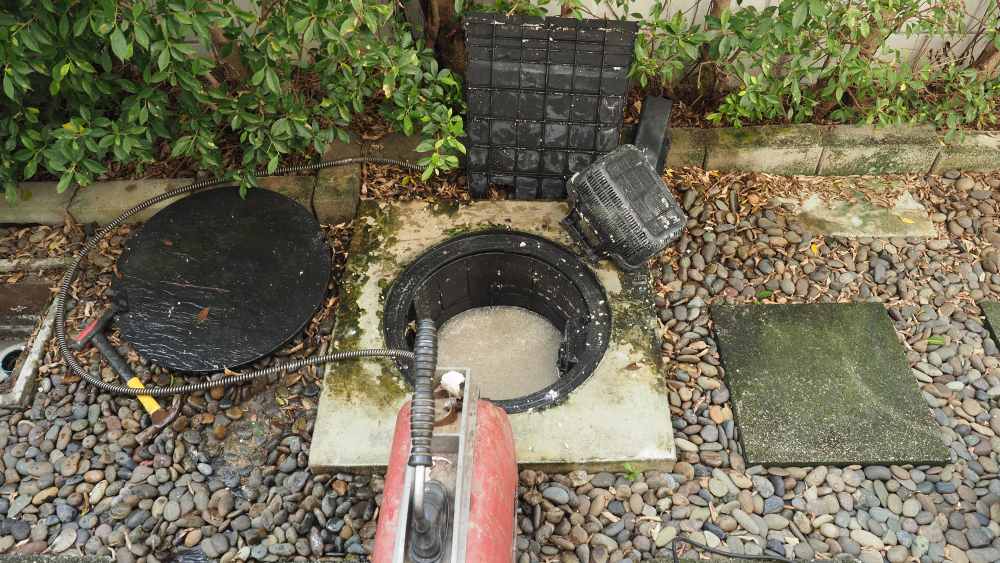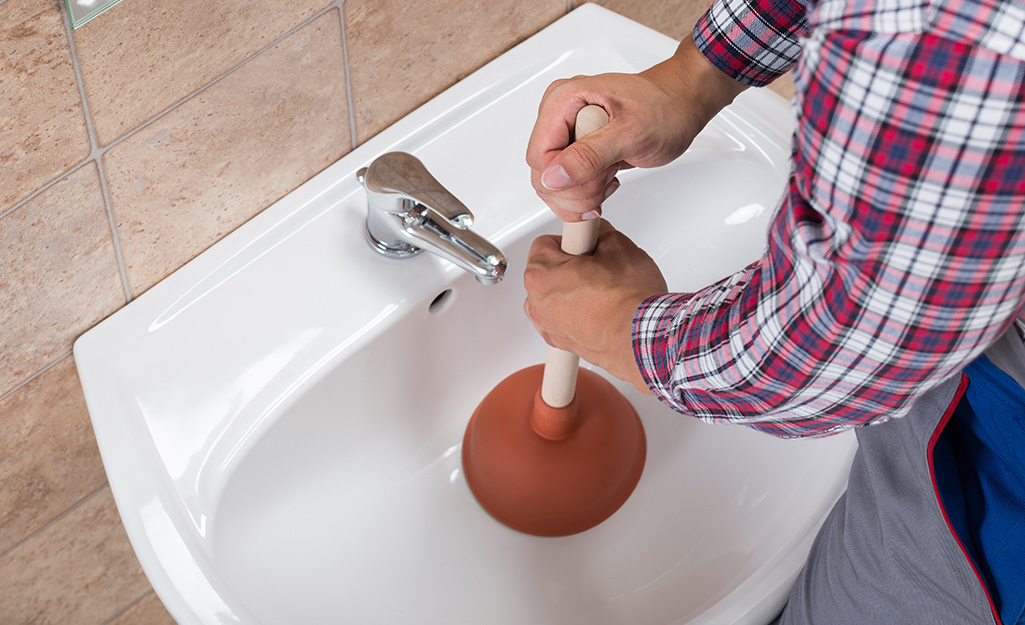We have stumbled on this great article relating to Tips for Dealing with Clogged Drains and Sewer Lines down the page on the net and believe it made perfect sense to write about it with you in this article.

Introduction
Handling a blocked drain can be a discouraging experience, interfering with day-to-day tasks and potentially triggering damage to your building. Nevertheless, before reaching out to pipes experts, there are steps you can take to address the problem yourself. In this guide, we'll discover do it yourself services and preventive measures to tackle an obstructed drain effectively.
Determining the Concern
The primary step in dealing with an obstructed drain is identifying the indications. Slow-moving drain, gurgling audios, foul odors emanating from drains, or water support up prevail indicators of an obstructed drain. Identifying these indications early can aid protect against even more issues.
Picking the Right Pipes Solution
When picking a pipes service, consider variables such as experience, licensing, and customer reviews. Choose a credible plumber with a performance history of high quality craftsmanship and transparent pricing practices.
Expense Considerations
The price of specialist drainpipe cleaning services can vary depending on the severity of the clog and the plumbing professional's prices. Request quotes from multiple service providers and inquire about any additional charges to make sure transparency and avoid shocks.
Security Precautions
When attempting DIY drainpipe cleaning, prioritize safety and security. Use safety gloves and eyewear to avoid contact with hazardous chemicals or bacteria. Never ever blend various drain cleaning items, as this can generate hazardous fumes.
Situation Researches
Real-life examples highlight the performance of DIY remedies and the significance of timely expert intervention in solving drainpipe obstructions.
Common Sources Of Blocked Drains
Recognizing the elements that add to drain blockages is important for effective resolution. Common culprits consist of hair, soap residue, oil, food particles, and international objects like hygienic items or paper towels. Tree origins attacking underground pipes can also create considerable blockages.
DIY Solutions
For minor clogs, a number of DIY services can be reliable. Putting boiling thin down the drain can help liquify grease and debris. Sodium bicarbonate and vinegar or a mix of salt and cooking soda can act as natural cleaners. Making use of a plunger or plumbing serpent to remove blockages is another choice.
Devices and Tools
Having the right devices accessible can make DIY drain cleaning up a lot more efficient. A plunger is a flexible device for clearing obstructions in sinks, bathrooms, and showers. A plumbing snake or auger can reach much deeper obstructions, while drainpipe cleansing chemicals can be made use of cautiously for stubborn blockages.
Preventive Measures
To avoid future clogs, taking on preventive measures is essential. Install drainpipe guards or filters to catch hair and debris before they get in the pipes. Consistently flush drains pipes with warm water to dissolve grease buildup, and stay clear of getting rid of grease or solid waste away.
When to Call a Specialist
While DIY remedies can solve minor obstructions, particular indicators show the demand for professional assistance. Relentless blockages, foul odors in spite of cleaning up initiatives, or multiple drains pipes supporting at the same time are red flags that call for experienced treatment.
Conclusion
By complying with the pointers outlined in this guide, you can efficiently deal with blocked drains pipes and stop future plumbing problems. Whether going with do it yourself options or looking for expert help, timely action is key to keeping a healthy and balanced plumbing system and preserving the integrity of your home.
WHAT I LEARNED FROM TRYING TO DEAL WITH A CLOGGED DRAIN
We have had our share of seepages and other annoying things that are part of living, especially in an apartment complex. And if there’s one thing that’s terrifying for a homeowner—or even someone in a rented home—it is a clogged drain, indoors or outdoors.
We enjoy our living space, but it’s simply a fact of life that dead skin, soap and a host of other items go down the drain; eventually, the residue builds up and prevents anything from moving. Ugh.
Not Calling A Professional
Of course, it might seem simple to just whip the pipe off under the sink and see if you can unblock it. Unfortunately, what if the blockage isn’t there, or you don’t reconnect it properly? Worse, you might break a piece and have no drainage system. Can you imagine that scene? Yuck!
Not Watching Your Waste
This will sound d’uh, but the best tip I can give you for drain cleaning is to avoid clogging the drain in the first place! You can do this by monitoring what goes down the drain and catching the items which are most likely to give you a problem. Invariably hair, vegetable peels, and large wads of toilet paper are the most obvious culprits. Add a filter—these are available in hardware stores and can be removed and cleaned easily.
Poking The Drain
The first urge with a clogged drain is to poke at it with a stick or anything that resembles a stick. Sadly, this does not result in magically solving the issue. The mental image is, naturally, one of the stick just pushing through the offending item and all is well again. Reality is quite different and unpleasant and likely to lead to further problems.
The thing is, every drain has a series of bends that are not visible to us. Drains are built this way to prevent gases from entering the house. What happens when you poke a stick into the drain? Of course, it can’t bend around the corner. The more adventurous people will use force and end up wedging the stick or causing it to break off in the pipe—creating an even bigger issue. Worst thing? The stick will shift the block further down the pipe, creating the space for more to collect. Go ahead! Roll your eyes!
Using The Wrong Plunger
You know what they say: the right tool for the right job! Did you know there are different types of plungers besides the basic one we keep at home for an emergency? Yes, there are. For example, the toilet plunger has a bell-shaped bottom while the sink plunger is flat. This is an important difference and using the wrong plunger will be useless. There’s also a knack in using plungers—they must be placed in such a way that they create an airtight seal and then, moved slowly up and down—not as fast as we imagine.
https://vidyasury.com/2018/01/learned-trying-deal-clogged-drain.html

I found that post on Some easy tips to fix blocked drains while doing a search on the internet. Are you aware of somebody who is interested by the subject? Please feel free to share it. Thank you for going through it.
Book With Us Today!